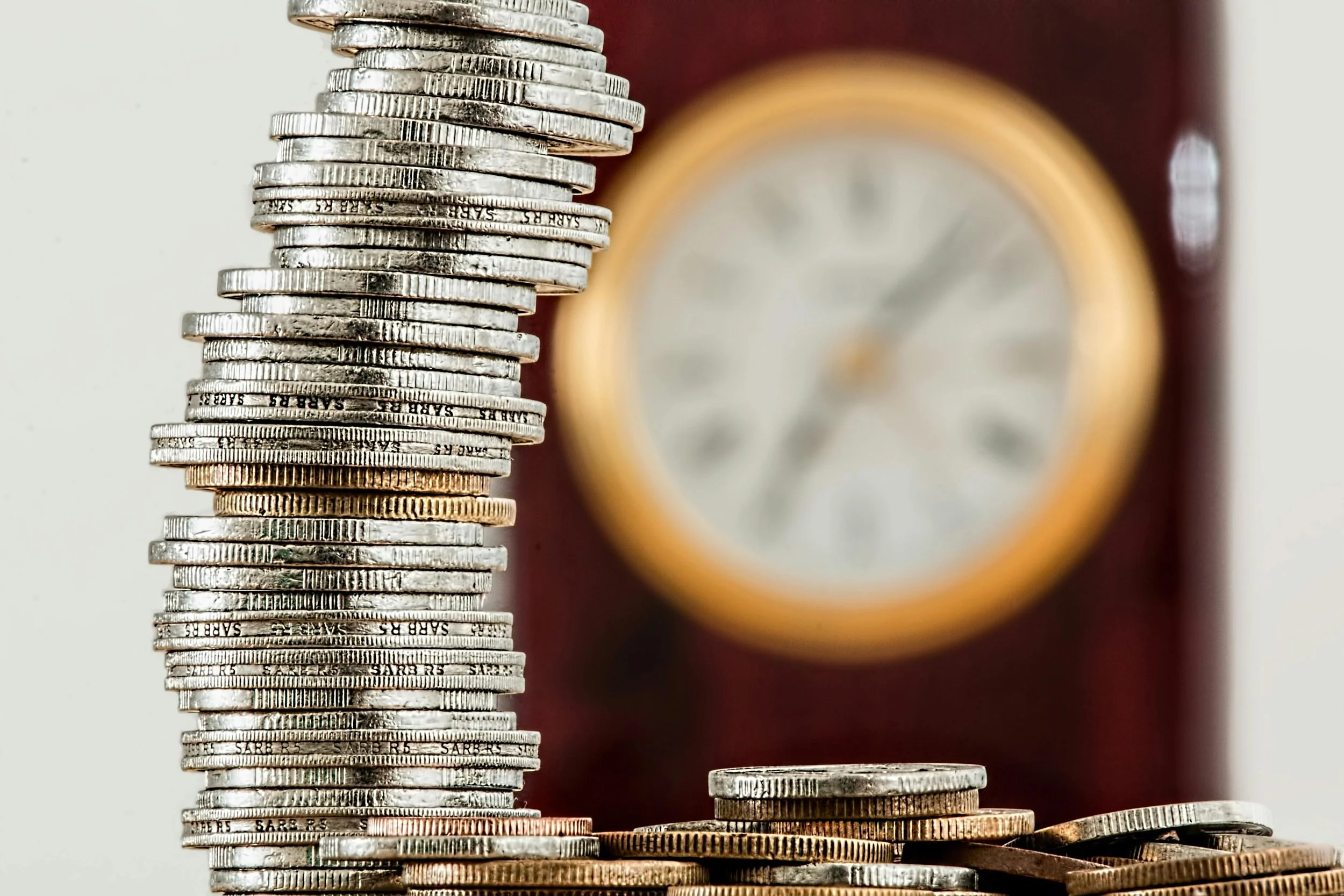What Is Stagflation, and Is the U.S. Economy at Risk?
“Stagflation” is a mash-up of “stagnant” (referencing the economy) and “inflation” (the rate of rising prices). But “stagflation” is truly a combination of three factors: high inflation, slow economic growth, and high unemployment.(1)
During periods of high inflation, central banks often restrict the money supply in the economy by raising interest rates or mandating banks keep more cash on hand, with the hope of slowing growth and reducing prices.(1)
However, stagflation is a particular challenge because the levers that tend to alleviate inflation could worsen existing pressures, such as rising unemployment rates, less spending money for consumers, and a decrease in demand for goods and services.(1)
Those latter factors generally cause prices to fall, too, but during a period of stagflation, prices continue to rise while the economy largely stays the same (or even slows).(1)
What Causes Stagflation?
Fiscal policies: Certain government policy decisions regulations can backfire, contributing to inflation and slowed growth.(2)
The Fed’s monetary policy: If the Federal Reserve’s policies overstimulate the economy, or it fails to react appropriately to changing conditions, stagflation can occur.(2)
Disruption to supply chains: When there’s a shortage of crucial goods or commodities, it can lead to higher prices.(2)
Slowdown in consumer spending: When prices rise, consumers have less spending power. If businesses are losing revenue due to lower spending, they may implement hiring freezes and even layoffs.(2)
Wage-price spirals: When prices are rising, workers might demand higher wages. This can lead companies to pass those increased labor costs onto consumers through price hikes, perpetuating the cycle of inflation.(2)
Stagflation vs. Inflation
Inflation is part of stagflation, but high inflation doesn’t necessarily mean there’s stagflation.
High inflation often happens when a central bank loosens its monetary policy, making borrowing money cheaper and increasing the cash supply in the economy. With lower borrowing costs, companies find it easier to invest and grow, often leading to more jobs and higher wages, but an increase in prices as well.
Unlike inflation, stagflation is when there are rising prices but the economy isn’t growing.(1)
Stagflation vs. Recession
Although stagflation could cause a recession or happen during a recession, the economic conditions have different criteria.
A recession is an extended period of economic decline, often defined by negative gross domestic product (GDP) growth.Recessions are more common than stagflation, and are considered a normal part of an economy’s life cycle.
Stagflation, on the other hand, requires high inflation on top of economic decline and high unemployment. Inflation doesn’t typically rise during a recession.(1)
Is the U.S. Economy At-Risk for Stagflation?
There’s no guarantee stagflation will happen, but “it’s a more pronounced risk than at any time over the past 40 years,” said Greg Daco, chief economist at EY Parthenon and vice president at the National Association for Business Economics.(3)
The Trump administration, while viewed as a cause for the stagflation risks, could help reduce them as well, by reducing policy uncertainty, easing immigration restrictions that will reduce the labor supply, and not implementing tariffs on major trading partners.(3)
How to Protect Yourself From Stagflation
While the U.S. has yet to officially enter a period of stagflation, there’s no way to truly predict what the future holds.
Consider taking steps to help protect your finances against the negative consequences of stagflation, such as paying down your outstanding debt (especially high-interest debt), building up your emergency savings (and parking that money in a high-yield savings account), and exploring new streams of income.(2)
Article Sources:
(1) “What is stagflation?” Fidelity. Accessed June 23, 2025. https://www.fidelity.com/learning-center/smart-money/stagflation. April 10, 2025.
(2) Pino, Ivana. “What is stagflation, and how does it impact you?” Yahoo! Finance. Accessed June 23, 2025.https://finance.yahoo.com/personal-finance/banking/article/what-is-stagflation-201050703.html?. May 8, 2025.
(3) Konish, Lorie. “Experts see higher stagflation risks. Here’s what it means for your money.” CNBC. Accessed June 23, 2025. https://www.cnbc.com/2025/04/19/experts-see-higher-stagflation-risks-heres-what-it-means-for-your-money.html. April 19, 2025.

